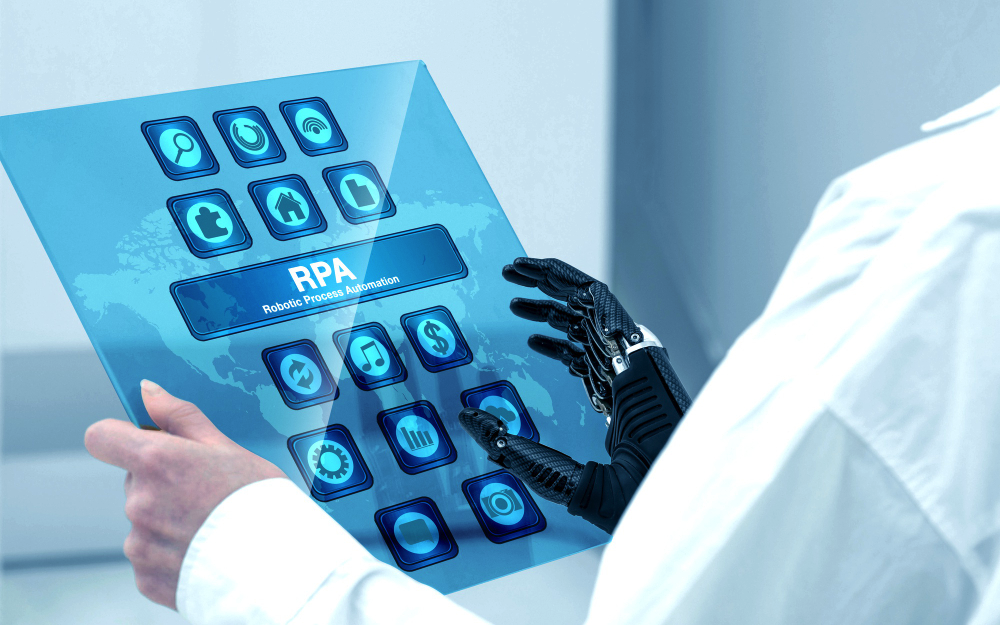
Running a medical practice is tough enough without wrestling with the revenue cycle. Claims pile up, payers push back with denials, and billing teams are stuck in the trenches. But here’s the thing: Artificial Intelligence (AI) and Robotic Process Automation (RPA) are shaking things up, turning clunky workflows into something almost elegant. This isn’t just about shiny new tech—it’s about fixing problems that have plagued doctors and patients for years.
Why Automation Isn’t Just Nice to Have Anymore
Medical billing is a beast. Between navigating insurance rules, dodging compliance pitfalls, and dealing with sky-high denial rates, it’s no wonder staff get burned out. I read about a family practice in Ohio that was losing 35% of its claims to silly errors like missing eligibility data. Now, RPA bots handle those checks automatically—before the claim even leaves the system. No more “oops” moments.
AI takes it further by tackling repetitive tasks like verifying insurance or entering charges. This doesn’t mean billing teams are out of a job. Far from it. They get to focus on the tricky stuff—like fighting with payers over complex claims. A McKinsey report I came across said automation could slash administrative costs by 25% in the next few years. That’s real money back in the practice, faster reimbursements, and less stress all around.
AI-Powered Claims Scrubbing: Smarter Than the Average Coder
Back in the day, claims scrubbing meant someone hunched over a desk, hunting for missing modifiers or wrong codes. Now? AI does it in seconds. It can churn through thousands of claims, spotting tiny mistakes a human might miss after a long shift.
Here’s a real example: an orthopedic clinic noticed one insurer kept rejecting a specific CPT code for physical therapy. Their AI tool flagged it, suggested a better code, and boom—denial rates dropped by over 20%. Faster payments for doctors, fewer surprise bills for patients. Who doesn’t want that?
RPA: Your Tireless Digital Assistant
While AI’s busy learning patterns and making smart calls, RPA is the workhorse handling the boring stuff. The growing use of RPA in Medical Billing Industry is streamlining revenue cycle operations by automating repetitive tasks and reducing human errors, leading to faster reimbursements and improved efficiency. These bots log into systems, pull patient info, update payer portals, and crank through routine tasks around the clock. A community hospital in Florida used RPA to speed up prior authorizations from three days to under eight hours. For small clinics, where one person is juggling a million things, that’s a lifeline. And the best part? These bots play nice with existing systems—no need to rip out your whole IT setup.
Making Patients’ Lives Easier
Let’s talk patients. They want two things: clear costs and quick answers. A Health IT Analytics survey found 59% of patients want to know their out-of-pocket costs before they even walk into the exam room. AI makes that happen by crunching insurance data in real time and spitting out accurate estimates. No more sticker shock.
Plus, AI chatbots are now fielding billing questions instantly. No more endless hold music. A cardiology practice I heard about saw on-time payments jump 40% after rolling out an AI assistant that gave patients clear, fast answers. It’s like having a billing expert on speed dial.
Keeping It Secure and Above Board
The good news? Modern AI and RPA tools come with serious protection—think encryption, audit trails, and setups that play nice with HIPAA.
Bots can even take a second look to make sure every consent form is filed before a claim zips out, which cuts down on those pesky compliance fines. Some hospitals are getting savvy, using AI to notice weird billing habits and stop fraud before it gets out of hand.
What’s Next? The Sky’s the Limit
Even solo practitioners can now jump into cloud-based AI billing tools that give big hospitals a run for their money. People are starting to use predictive analytics to take a stab at which claims might get the green light, and blockchain’s popping up to keep transactions crystal clear. These aren’t just far-fetched ideas—pilot programs are already kicking off.
Forward-thinking practices are even turning to RPA to tackle the whole revenue cycle, from check-in right through to final collections. This frees up billing staff to spend more time chatting with patients about costs or hashing things out with payers, instead of getting swamped by paperwork.
Wrapping It Up
AI and RPA aren’t just trends—they’re the new backbone of medical billing. They cut errors, speed up cash flow, and make patients’ lives easier. Practices that jump on board now will see the payoff in quicker reimbursements and happier patients.
Want to dig deeper? Check out Gartner Research for the latest on healthcare automation, or peek at real-world use cases on Health IT Analytics.
Share this post
Leave a comment
All comments are moderated. Spammy and bot submitted comments are deleted. Please submit the comments that are helpful to others, and we'll approve your comments. A comment that includes outbound link will only be approved if the content is relevant to the topic, and has some value to our readers.

Comments (0)
No comment